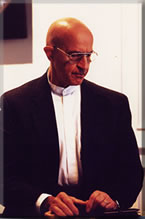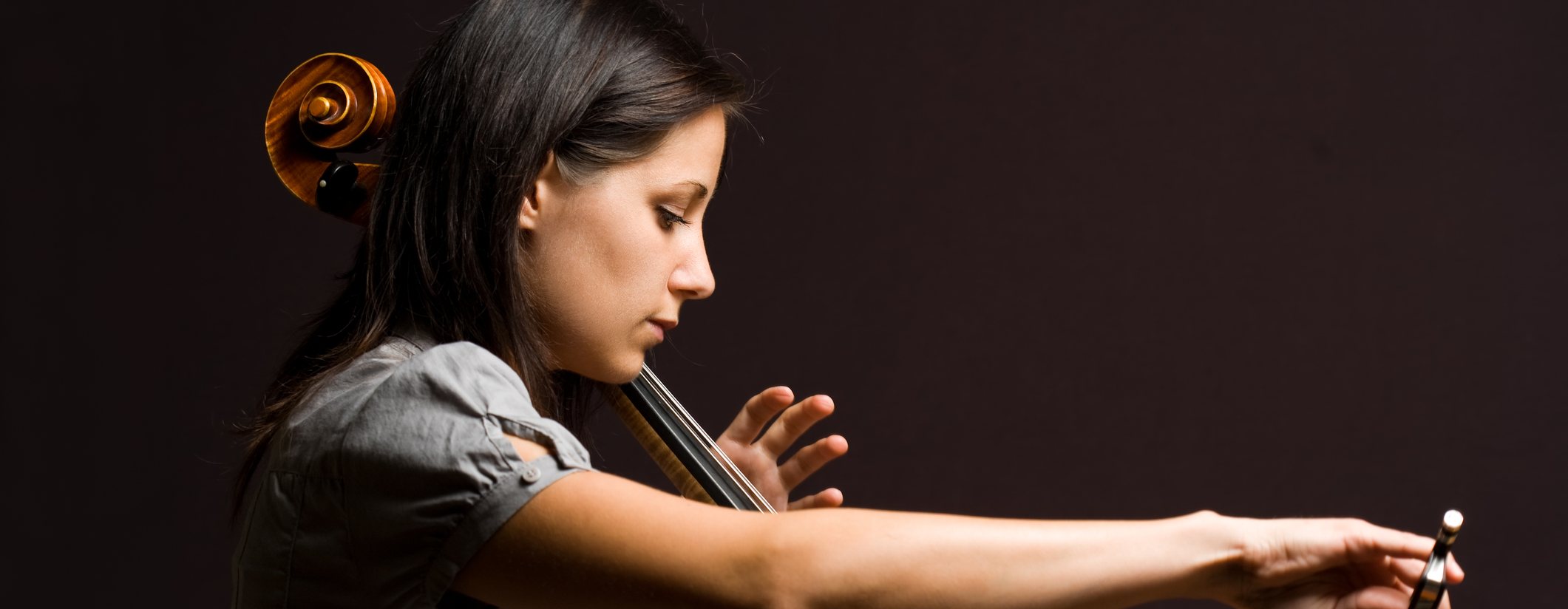
Alfred Tomatis was born on the first of January 1920. Son of a well-known operatic baritone from Nice and an Italian mother he studied medicine in Paris before, during and after the Second World War. A combination of research into the occupationally deaf for the French Government and his own private practice as an ear, nose and throat specialist with musicians and singers led him to a series of discoveries about the nature of hearing and listening.
Alfred Tomatis was born on the first of January 1920. Son of a well-known operatic baritone from Nice and an Italian mother he studied medicine in Paris before, during and after the Second World War. A combination of research into the occupationally deaf for the French Government and his own private practice as an ear, nose and throat specialist with musicians and singers led him to a series of discoveries about the nature of hearing and listening. He discovered that opera singers had damaged their own ears due to the high decibel levels created by their singing. The restoration of the hearing damage came in a flash of insight when sonically analysing the singing of arguably the most famous singer of all time, Enrico Caruso. Tomatis discovered that Caruso had a “fortunate deafness”, which enabled him to use only the most beautiful sounds, because less artistically useful sound was blocked out from his awareness. It just so happened that not only did it bring about beautiful singing but was the answer to the link between voice and communication. He had made a discovery that was more profound than what he originally set out to achieve. The discovery is that there is a link between listening and the use of the voice. Good listening makes the voice a good communicator.
During the 1950s the first Electronic Listening Device was developed. He named the device the Electronic Ear, and with changing technology the electronic ear was developed, improved and enhanced. The Electronic Ear uses gating, bone conduction transducers and sound filters to tonify the muscles of the middle ear. He began to treat a variety of listening problems with the electronic ear including dyslexia and communication difficulties. In 1957 the French Academy of Science and Medicine recognised the "Tomatis Effect" and the three "Laws of Tomatis". Later research by Tomatis underlined the importance of the mother’s voice for the developing child in the womb and the subsequent effects this has on later life. He considered the use of a mother’s voice recording an integral part of the therapy with children. Professorships and honours followed and at the time of his death on Christmas Day on 2001 he had established Listening Centres for the Tomatis Therapy in more than 200 locations worldwide.
The therapy known as Tomatis Listening Therapy or Audio-psycho-phonology (APP), is also well known for treating; dyslexia, dyspraxia, learning difficulties, autism, brain-damage, vertigo, Meniere's disease, depression and the aftermath of strokes. It is also used by many pregnant women as an aid for relaxation, better sleep and relief from backache. At the Listening (Voice, Music & Language) Centre, London, we use the original Tomatis programme with analogue sound. Analogue sound is complete sound without the tiny gaps that are the hallmark of digital sound. Digital sound is unnatural and “deadens” the harmonics, losing richness. Also in accord with the original vision of Professor Tomatis, microphone work is an essential part of the course, providing full integration between the ear and the voice. We provide a comfortable, non-clinical environment where clients may explore their own creativity. Tomatis left an autobiography, "L'oreille et la Vie"; published in English as "The Conscious Ear", in which his life and discoveries, triumphs and trials are transformed into a riveting narrative. In all, he wrote fourteen books and over two thousand articles.
